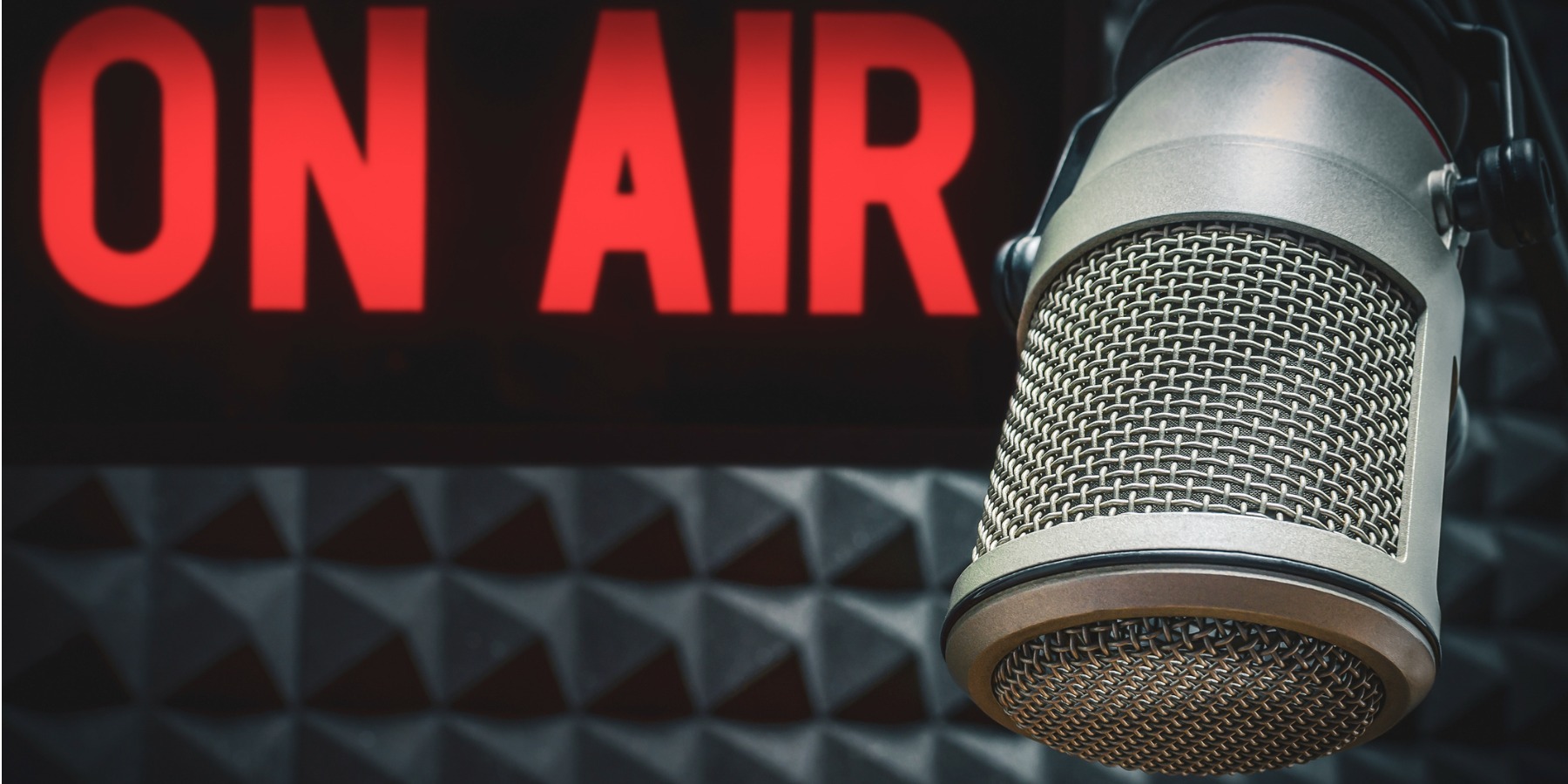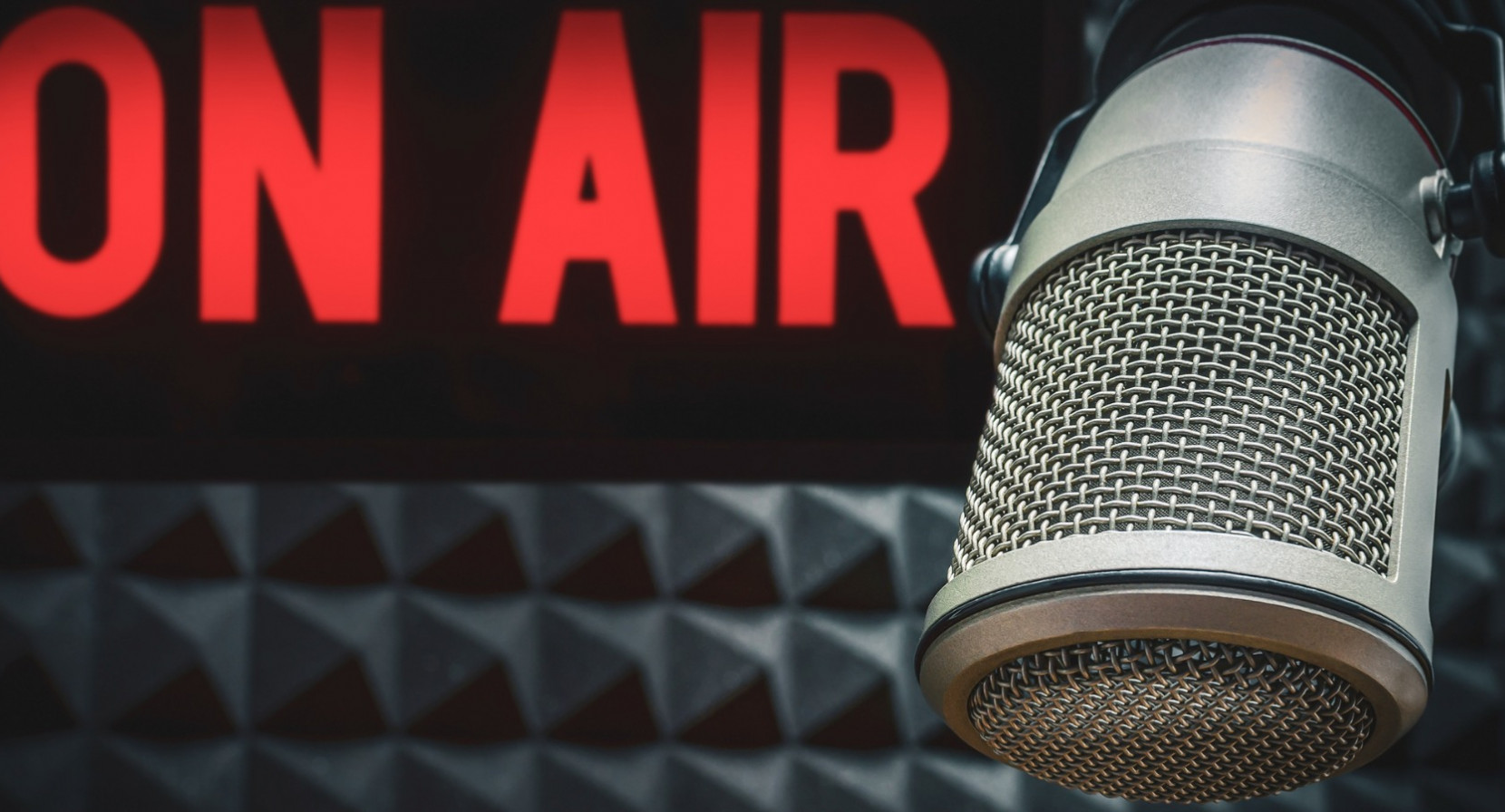In the bond market, interest rates have been heading up — and rapidly. How might that affect your fixed-income investments and overall portfolio?
SMI’s executive editor Mark Biller offered insights earlier this week on MoneyWise Live from Moody Radio.
To listen, click the play button below. Scroll down for the transcript.
(And for more radio appearances by members of the SMI team, visit our Resources page.)
MoneyWise Live, with hosts Rob West and Steve Moore, airs daily at 4:00 p.m. ET/3:00 CT.
Transcript
Steve Moore: Interest rates on the rise. That’s next — right here on MoneyWise Live! (theme music ends)
Well, Rob, our old friend, Mark Biller is the executive editor at Sound Mind Investing where they’ve been watching the recent rise in interest rates. And it looks like he has something to report.
Rob West: That he does, Steve — champing at the bit, as we like to say. Mark, great to have you back on the program.
Mark Biller: Thanks, Rob. Good to be back with you.
Rob West: Well, we’re thrilled to have you. And this is a topic, obviously that a lot of folks are very interested in — especially if they find themselves in that season of life where they’re relying on income. And, of course, we knew that interest rates had to rise eventually. So tell us where we are and even how we got here.
Mark Biller: Yeah, sure. So we have to go back a year ago when the economy really went into the tailspin back in February and March due to COVID and the lockdowns. And the Federal Reserve responded to that the way they really respond to every crisis. They cut their short-term interest rates down near zero. They started buying all kinds of different kinds of bonds to try and keep the lending markets functioning smoothly.
And generally speaking, anytime the economy is very weak — like it was a year ago — interest rates can be very low without that causing any kind of inflation risks because there just isn’t that much economic activity going on.
But when we fast forward six months or so from there — maybe several more months out, certainly into November and the end of the year — we had a couple of significant changes. First, we started getting the positive vaccine news in November, and once that hit the stage and people really could start to see that maybe we actually were going to get out of this lockdown economy a little quicker than anticipated.
That really changed expectations about higher economic growth coming back sooner. And then right on the heels of that, we had the election results where the Democrats were put in a position where they could expand the borrowing and spending policies that they had been advocating.
And the combination of those two things really shifted expectations pretty suddenly pretty sharply, too. I would say we went from having this lockdown economy to almost overnight, so to speak, we had this expectation that maybe by spring or summer things would be opening up. Plus we were going to have all this additional stimulus in the pipeline.
Well, the bond market woke up really quickly and started paying attention, and longer-term interest rates started rising very quickly. They had been as low as about half a percent, — half of 1% — as late as August. And they hit 1% at year-end. They’re up over 1.6% today. So in about three months’ time, we’ve moved about three-quarters of a percent, which is a really big move in interest rates.
Rob West: Yeah, very significant. Mark, you talk about the fact that on one hand, this rise in rates is partly healthy. On the other hand, partly unhealthy. Explain that for our listeners.
Mark Biller: Sure. So on the healthy side, this rise in rates is good because it reflects this much more robust economic activity. When the economy was really sick a year ago, that’s why we had these really low interest rates. But on the unhealthy side, of course, there are limits to — well, we say there are limits to how much the government can borrow. We know that the more that they borrow, the more pressure that puts on interest rates, because it’s like any supply-demand dynamic — you increase the supply of all this new debt and the price is going to go down. Anytime bond prices are going down, the yields are going up.
So that’s really the gist of it. And it’s not just the absolute levels of interest rates. It’s how quickly they’ve been moving.
Rob West: Yeah. Interesting. Well, a lot more to come on this Mark. We also want to know how this is going to affect the stock market and the bond market. That, and much more, right around the corner.
Rob West: Mark, great information here as to the backstory on how we got here with interest rates, why we’re seeing them move up, and the bond market respond accordingly. Explain the relationship for our listeners between higher interest rates, though, and the stock market specifically.
Mark Biller: I think it’s important first to state outright that rising interest rates aren’t necessarily a bad thing for stocks — if they’re rising for the right reasons. And, as we just discussed that, what we’re talking about there is if the economy is getting healthier and if the pace of those rate increases isn’t coming too quickly, then that can actually be an okay environment for stocks.
There are lots of examples in the past when stocks did just fine, even when interest rates were rising, but there are some risks. We’ve also seen some cases where rates went up and eventually kind of torpedoed the stock market. We saw that in 2018, where we had the better part of a couple of years of steady interest rates. That didn’t seem like a problem until all of a sudden they were a problem. And the stock market kind of rolled over at the end of 2018 because of those rate increases.
One of the things that tends to happen is — there’s this kind of cute shorthand that’s developed over the last decade or so called the TINA effect. And that’s shorthand for There Is No Alternative. And the idea there is: interest rates have been held so low, this idea has developed that there is no alternative to stocks — because bonds just aren’t yielding anything. And what happens is, as interest rates creep higher, now, all of a sudden you gradually do start to have an alternative to stocks. And someone who maybe a year ago, when that 10-year Treasury bond was yielding, one-half of 1%, they might’ve said, "Well, that’s not worth it. I’m going to put my money on the stock market." But now today, when that yield is 1.6%, they might start to change their thinking a little bit.
Now we’ve got to be careful here because, like I was just saying, we’ve had this big rise in interest rates and yet today, the S&P 500 index hit a new all-time high. So the impact on stocks has not been tremendous to this point. Although we did see kind of a little wobble at the end of February in the stock market when those rate increases were really picking up.
But that is one thing to be on the lookout for that investors are getting a little bit concerned: "Hey, you know, at 1.6, this isn’t so bad, but what if this interest rate goes up to 2% or on to two-and-a-quarter, two-and-a-half" — at some point that could be a problem for the stock market.
Rob West: You mentioned the wobble that we saw at the end of February. It started to look like perhaps the stocks that were going to see increases perhaps would shift away from some of these high-flying tech stocks — in a very limited portion of the market over to a more broad-based — even some of those sectors that have been out of favor, like small-cap. Are you seeing any trends that are sticking there?
Mark Biller: Yeah, that’s a great point. Actually, it wasn’t so much that the whole stock market had troubled, but what we really saw was the beginning of a rotation. These big tech stocks that really carried the market through most of last year, and frankly have been the driver of stock market performance for the last few years. They really took it on the chin. Whereas, as you said, these other small caps — smaller companies — and particularly areas of the market like energy stocks, financial stocks, financials, always tend to do pretty well when yields are rising because that’s good for banks.
The wider interest rate spread helps them because they can give us the low-interest rates on our savings accounts — because the Fed is keeping their foot on those short-term interest rates and keeping those low. But the rates that we’ve been talking about here today are rising and they can charge those higher rates on their loan products. So that helps profitability in the banks.
So it was really more of a rotation in stocks, out of those big tech growth names. And all of a sudden we were seeing a lot of interest in these kind of "left for dead" value and smaller companies.
Rob West: Yeah. All right. Let’s switch to that bond portion of the portfolio and talk about how this rise in interest rates will affect bonds.
Mark Biller: Simply put, Rob, unfortunately, rising rates are bad news for anyone who already owns bonds. We alluded to this a minute ago, but the cardinal rule of bond investing is that when bond rates move in one direction, bond prices always move the opposite direction. So these rising rates have been hurting existing bond owners by pushing down the prices of those existing bonds.
Now, the flip side of that of course, is that these higher yields make any new bond purchases much more attractive. You’re getting 1.6% on that Treasury bond instead of one-half-of-1%. So it’s kind of a mixed bag. If you’re already in bonds, this isn’t great, but at the same time, it actually helps future returns for bond investors to have these higher rates — as long as they’re not continuing to just go up, up, and away. So that’s kinda the big picture for bond investors.
Rob West: You have to be willing to wait it out, though, because you may temporarily see a paper loss in the value of the bond, even though you’re enjoying those higher rates longer term, right?
Mark Biller: Yeah, that’s absolutely right. And as long as these rates continue to rise, those current bond investors are likely to continue to feel some pain.
Rob West: All right. Let’s talk about, in terms of protection from the rising interest rates, what other options — because I know you mentioned some really specific investments that are often not on folks’ radar — might be helpful in this environment.
Mark Biller: Yeah. So there are a few things that bond investors can do to protect themselves. You know, the traditional advice in a rising rate environment is to shorten the maturities of the bonds that you own. So instead of buying long-term bonds, you buy short-term bonds — and those shorter maturities are going to move less as interest rates move, and they’re going to hurt you less if we get more interest rate increases. Now, the unfortunate part of that is you’re getting those lower short-term yields on those short-term bonds, but that’s one thing people can do.
Another thing is to buy individual bonds where you know exactly what your return will be. As long as you hold that bond all the way to maturity.
Then there are these specific types of bonds you mentioned, Rob. One is called TIPS — hat’s Treasury Inflation-Protected Securities. And those will help protect against rising inflation. And there’s another tool that we wrote an article about that’s actually up on our website for listeners to look at. In the March newsletter, we wrote about this new ETF with a bond product called IVOL — that’s ticker symbol, I-V-O-L — and this ETF is specifically designed to benefit from these rising interest rates. It’s been a great performer lately, and that’s really the opposite of how most bonds respond, which makes it very unique. And that’s why we wrote about it this last month.
Rob West: Well, lots of great ideas there. Still some more to talk about. You mentioned inflation, and Mark, talk to us about the implications related specifically to inflation in this environment.
Mark Biller: Sure. There are two well-defined camps right now, as far as inflation goes, Rob. There’s the group that — the Fed is kind of championing this point of view — and that is that the inflation that we’re seeing right now is transitory. That’s kind of the buzzword right now that we’re seeing some inflation, but it’s only a result of coming from these really depressed economic levels. And that once we kind of work through this initial reopening, that this inflation is going to go away. And that’s one point of view — that’s kind of what the Fed is saying is they think is likely. And the implications of that would be — if that’s true — then there really wouldn’t be any reason why interest rates would continue to keep increasing very much from the levels that they’re at right now.
There’s another point of view though, that is saying, look, we have not had sustained inflation for many years. We had a big inflation scare coming out of the great financial crisis in 2008, when a lot of people thought we were going to see huge inflation because of all of the central bank money printing and the debt and so on and so forth. But we didn’t see inflation following that episode. And so this camp kind of has to answer for that.
And their answer is, "Well coming out of that crisis, we were relying almost entirely on central bank policy to try to stimulate the economy. The federal government wasn’t really doing much to funnel money directly into the economy to help from that side of things, whereas today we have a very different situation where we’re getting these checks cut directly from the government to individuals. We’re on, I think, our third round of those now. We’re seeing a lot of direct stimulus from the government into the economy with unemployment benefits and so on.
There’s a lot of talk about a potential big infrastructure package coming down the line. And so the people who are not convinced that this inflation is transitory are pointing to the fact that we have everything that we had last time in place, because the Fed has still got their foot on the accelerator, doing everything they can do. But this time we also have these direct injections of money into the economy by the federal government. And so that argument is saying, this may not be just a transitory thing. This may actually have some legs and last a while.
Now it’s so important for me to follow that up with, we’re not necessarily talking about hyperinflation — like the German situation after World War I. But we don’t need to be talking about that. We have not seen 3-and-4% inflation for decades. And so even just getting inflation up into that 3% or 4% per year, and having it stick there for a little while, that would be a pretty big adjustment for the economy and for the financial markets because we just haven’t had that for quite a while.
Rob West: Mark, there’s so much here we could talk about. Really appreciate you stopping by today. Fascinating information and always a great joy to talk to you all.
Mark Biller: Always my pleasure. Thank you.
Rob West: Folks, thanks for being with us. We’re going to take your questions right around the corner. 800-525-7000. This is MoneyWise Live — and we’ll be right back after this. Stay with us.









